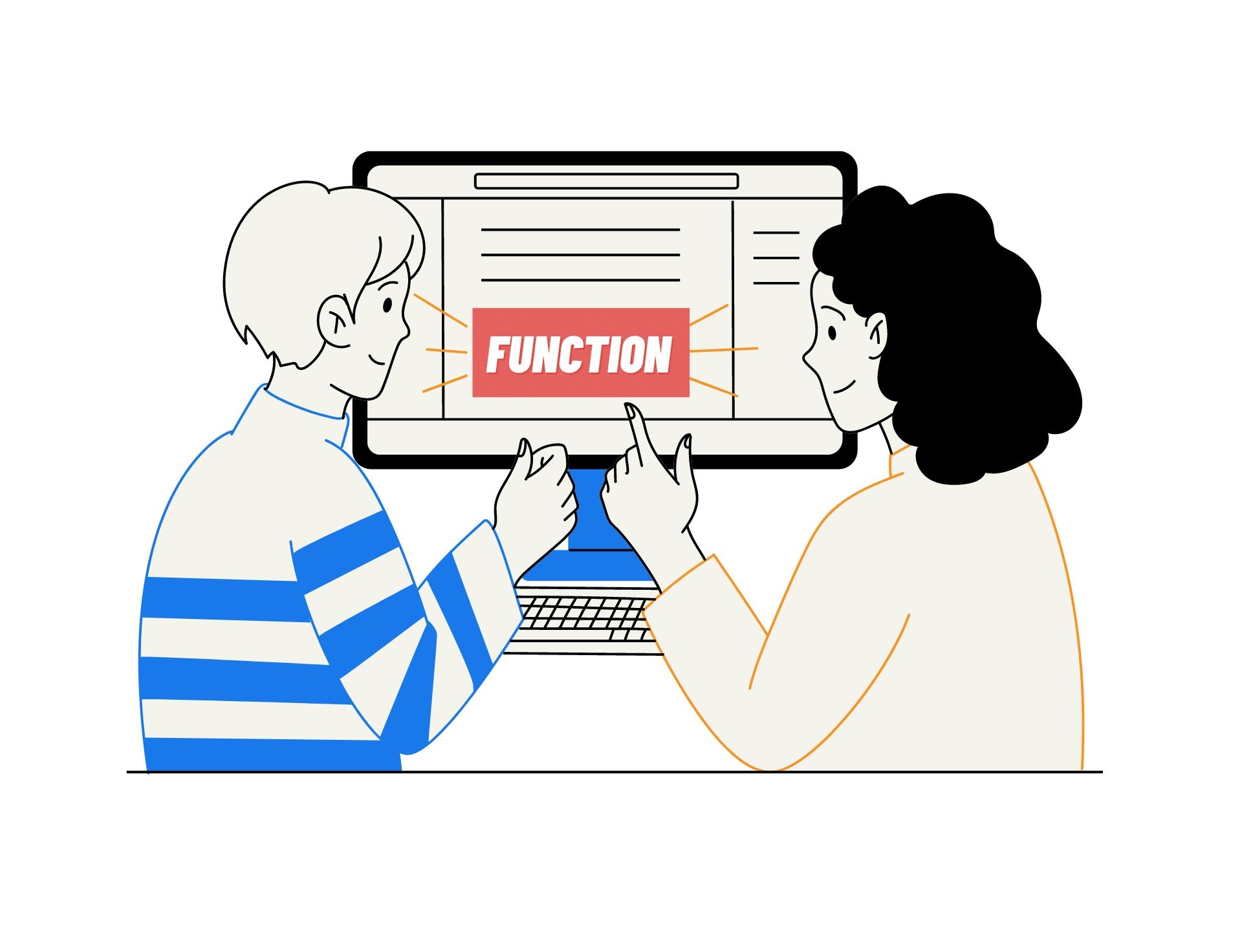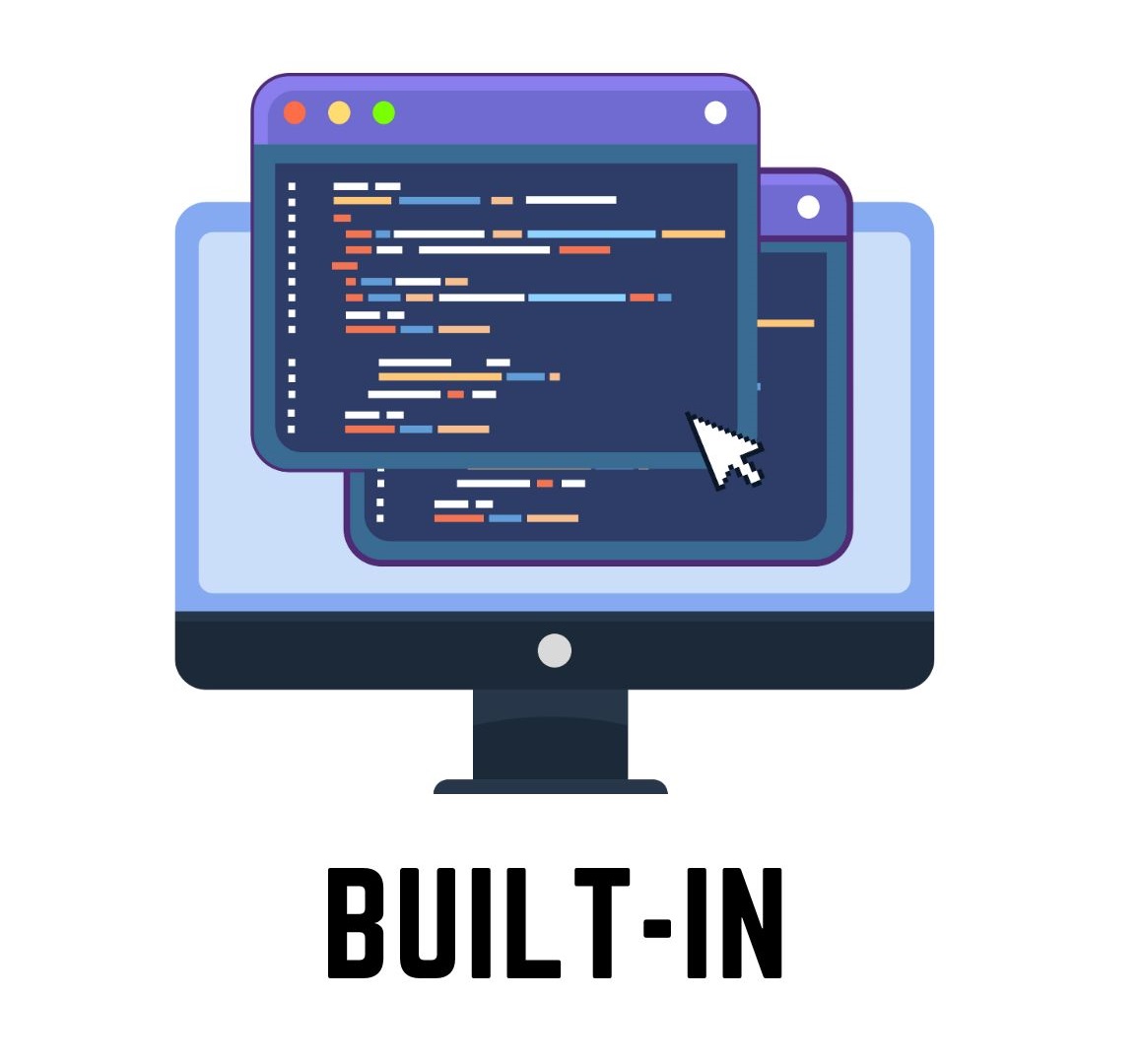The Importance of Functions: Why Do We Need Them?
Functions play a crucial role in programming, offering several advantages that contribute to efficient and organized code development. While you may have utilized functions as handy tools to simplify tasks and enhance productivity, it is essential to explore their broader significance.
Throughout your programming journey, you have likely encountered built-in functions such as print() and input(), along with specialized methods. However, now it's time to delve into creating and utilizing your own functions. Together, we will construct a variety of functions, ranging from simple to complex, requiring your full attention and focus.
One common scenario in programming is the repetition of certain code segments within a program. These segments might be duplicated either verbatim or with minor modifications involving other variables in the algorithm. At times, programmers resort to cloning such code segments using copy-paste operations, attempting to streamline their work.

Unfortunately, this practice can lead to frustration when errors arise in the cloned code. Tracking down all instances requiring corrections becomes a tedious task, accompanied by a heightened risk of introducing additional errors.
Hence, we establish the first condition for determining when to create your own functions: if a specific code fragment appears in multiple places, it is worth considering isolating it as a function that can be invoked from the original code locations.
Moreover, as your algorithms become more complex, your code may grow rapidly, becoming difficult to navigate. Although extensive commenting could provide some relief, excessive comments tend to increase code size and hinder readability. Ideally, a well-written function should be comprehensible at a glance.

To tackle this issue, responsible developers divide their code (or the problem at hand) into well-isolated pieces, each encoded as a function. By adopting this approach, the program's complexity is significantly reduced, as each segment of code can be implemented and tested independently. This process, commonly known as decomposition, facilitates code maintenance and understanding.
Consequently, we establish the second condition: if a code segment becomes excessively large, challenging comprehension, consider breaking it down into smaller subproblems and implement each one as a separate function.
Through this iterative decomposition process, the code is ultimately structured into a collection of concise functions, promoting ease of comprehension and testing.




